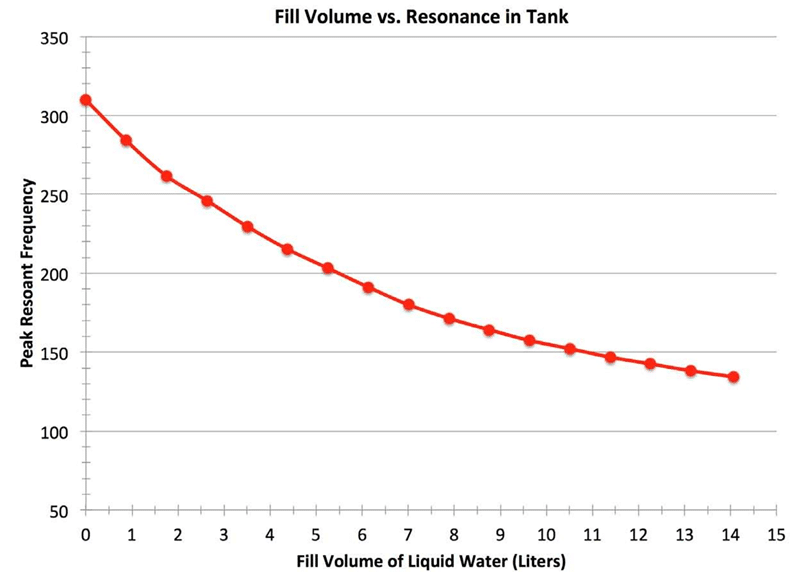Research Example: Propellant Tank Mass Gauging Test Apparatus Development
The following paper was provided by the Colorado School of Mines as an example of the use of the Tacuna Systems EMBSGB200 amplifier in practical research applications.
Propellant Tank Mass Gauging Test Apparatus Development
Ted Agerton
Colorado School of Mines, Senior Design
N-Science Corp
In Cooperation with: Chris Dreyer (CSM), Daniel Ladner, Daniel Scheld (N-Science)
Co-authors: Martin Cowell, Peter Furness, Margaret Hunt, Nadine Janecek, Tyler King, Sarah Spangler
N-Science Corp and the Colorado School of Mines have combined efforts to outfit a propellant tank with novel gauging to measure tank fluids in space. This research is designed to be used in satellites and spacecraft propellant depots.
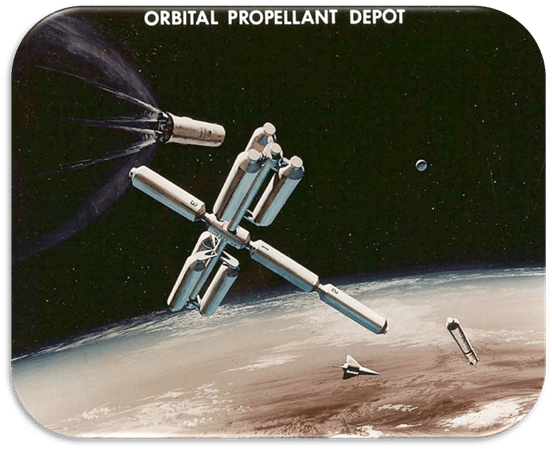
Current methods involve burn time integration, optical, capacitance, thermal, and level gauges. However, NASA has called for new methods of mass gauging due to inadequacies of current methods which can be subject to errors from spacecraft attitude (when in weak gravity), calculation cost, slow reaction time, etc. The new initiative is to pursue direct measurement of mass and/or volume to eliminate some sources of error.

The novel N-Science Concept treats the tank and fluid as a harmonic oscillator. Resonant frequency has a strong correlation to mass and assumes fluids act like a solid body at frequencies greater than sloshing.
System 1.0 Vertical Suspension Testing
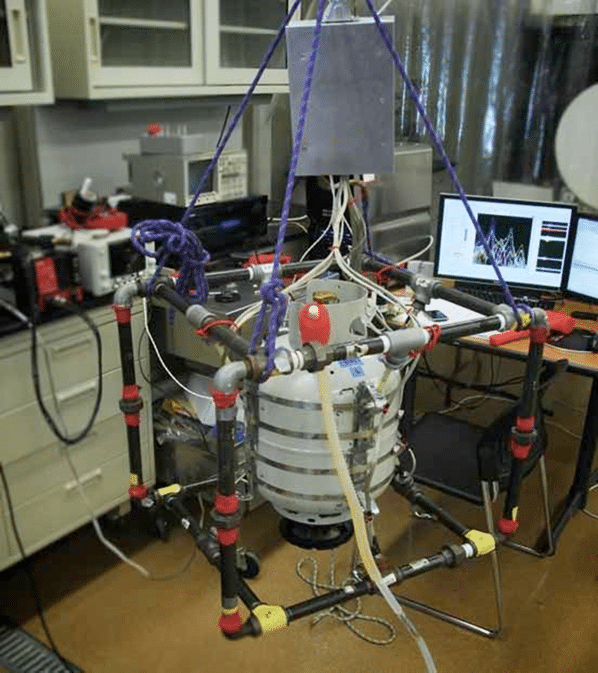
Instrumentation:
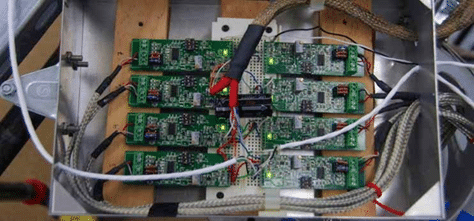
9 amplified (2200x) strain gauges using Tacuna Systems EMBSGB200 amplifiers sampled at 4000 samples/second using LabVIEW

Large car audio speaker + amp providing excitation of a chirped sine wave (80-800 Hz)

Resulting data showed strong correlation between tank mass and resonant frequency.
System 2.0 Spherical Vessel Testing

We designed a symmetrical tank to eliminate angle dependence and use multi axis excitation to ensure accurate special frequency response.


Instrumentation:
Triaxial accelerometers
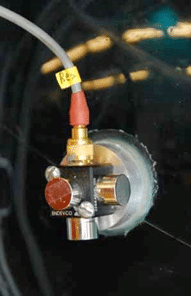
8 amplified (2200x) strain gauges using Tacuna Systems EMBSGB200 amplifiers sampled at 4000 samples/second using LabVIEW
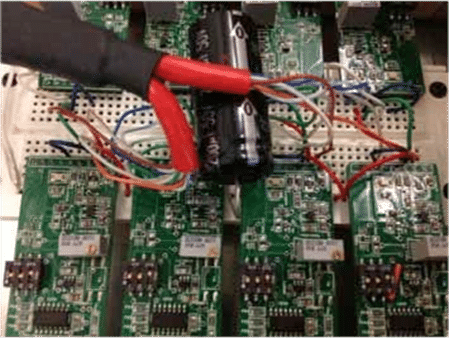
Results:
The use of the symmetrical tank removes angle dependence. As suggested in the first iteration of the resonance experiment, the version 2.0 data shows a strong correlation between fill fraction and resonance. However, this second version showed this correlation exists at any angle.
